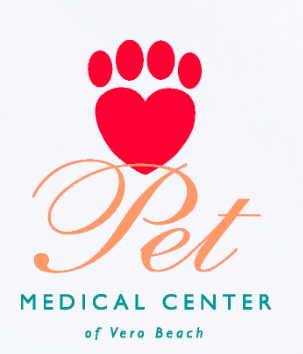Eye Disorders in Pets: 3 Key Points for Owners
Humans and their pets share many things in common, including the potential for eye and vision problems. If your pet suffers from an eye disorder, they may experience pain, severe vision loss, or even total blindness. Fortunately, modern veterinary medicine allows for effective treatment and prevention of many eye issues.
As a concerned pet owner, you'll feel more in control of your pet's well-being once you know why eye disorders affect pets, how to recognize such problems, and how to keep your pet seeing as clearly and comfortably as possible for many years to come. Feast your eyes on the following key points on the subject.
1. Types of Eye Disorders
A pet's eyes can fall prey to a variety of eye diseases also suffered by humans. Examples include cataracts, glaucoma, and dry eye. Cataracts involve the formation of protein clumps in the eyes' lenses that obscure vision, while glaucoma causes damage to the optic nerves, usually due to high fluid pressure within the eyes.
Dry eye may not sound particularly threatening, but it can have serious implications for your pet's eyes. If the tear glands can't keep the corneas lubricated and protected, these delicate tissues may develop abrasions, ulceration, or scarring that interferes with normal vision.
Inflammation or infection of the eyes and eyelids can also cause problems for pets. Conjunctivitis, for instance, can produce discomfort as well as blurry vision. Entropion, an abnormal inward curvature of the eyelid, can allow the eyelashes to damage the corneas. Dogs can also experience an eyelid inflammation called cherry eye.
2. Signs and Symptoms of Eye Disorders
A quick look at your pet can often reveal the presence of an eye disorder. Dry eye, conjunctivitis, and cherry eye can all create noticeable redness in one or both eyes. Cataracts may give your pet's pupils a milky white appearance. Glaucoma may cause the eyes to bulge outward and the pupils to remain dilated.
Watch for signs of eye discomfort in your pet. Signals include pawing at the affected eye, blinking, and squinting. Even if your pet shows no pain or obvious disease, they may bump into familiar objects or hesitate to leap into unfamiliar territory if they can't see well.
Bear in mind that some eye problems occur alongside underlying systemic disorders. For instance, although cataracts typically develop due to old age, they can also occur as a complication of diabetes. In these situations, the pet may need treatment of the underlying condition to prevent additional complications.
3. Treatment Options for Eye Disorders
Your veterinarian can examine your pet's eyes for any physical signs of irritation, infection, or damage. An illuminated device called a slit lamp helps the veterinarian examine the front of the eye under magnification. Tear staining tests can detect corneal scratches and help diagnose a case of dry eye.
Other tests can check for more deeply hidden eye disorders. Inspection of the interior of the eye can help your veterinarian examine the blood vessels and optic nerves for signs of damage related to glaucoma or other retinal ailments.
Medication can successfully treat some pet eye disorders. For example, medicated eye drops can often correct the fluid pressure problems behind glaucoma. Antibiotics can treat conjunctivitis caused by a bacterial infection, while antihistamines can relieve the same disorder caused by allergies.
Structural eye problems such as entropion and cherry eye usually call for surgical intervention. Cataract surgery can completely remove the barriers to clear vision by replacing the opaque lens with a clear artificial one. Cases of glaucoma that don't respond to medication may respond to surgery that improves fluid drainage.
The earlier your pet receives treatment for an eye problem, the better. Make a point of inspecting your pet's eyes and watching for behaviors that indicate vision trouble. Schedule regular wellness exams so that your veterinarian can check for eye disorders and provide immediate treatment to get any such issues under control.
The caring veterinary team at Pet Medical Center of Vero Beach can evaluate your pet's eyes and vision, administering whatever treatment your pet may need to preserve optimal eyesight.
Contact
our office today to schedule an exam.





